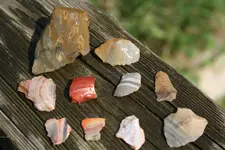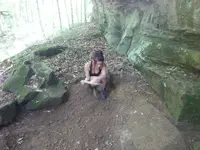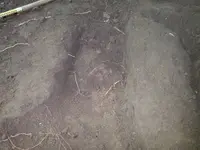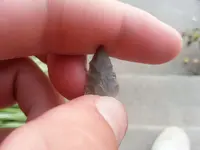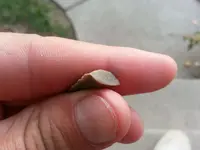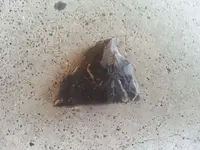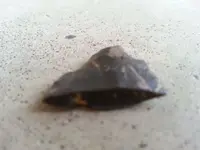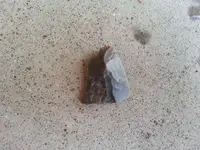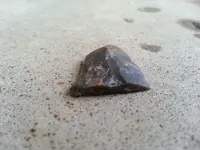cantcatchafish
Jr. Member
- Joined
- Jul 16, 2013
- Messages
- 30
- Reaction score
- 14
- Golden Thread
- 0
- Primary Interest:
- All Treasure Hunting
After posting this
We have been doing some more digging and we have found alot more debitage with more different colors, along with one broken point.
We built us some sifting screens to help us go through the dirt and boy did we start finding finer pieces and what appears to be charcoal, like charcoal that is left over after a fire is the best way to describe what I found.
Based on your experience and knowledge, how can I infer the flint flakes and charcoal.
I haven't found any bone fragments yet, or anything to suggest that they were using fire to cook.
I'm just trying to understand what type of site this may be and go from there.
We have been doing some more digging and we have found alot more debitage with more different colors, along with one broken point.
We built us some sifting screens to help us go through the dirt and boy did we start finding finer pieces and what appears to be charcoal, like charcoal that is left over after a fire is the best way to describe what I found.
Based on your experience and knowledge, how can I infer the flint flakes and charcoal.
I haven't found any bone fragments yet, or anything to suggest that they were using fire to cook.
I'm just trying to understand what type of site this may be and go from there.
Amazon Forum Fav 👍
Upvote
0



